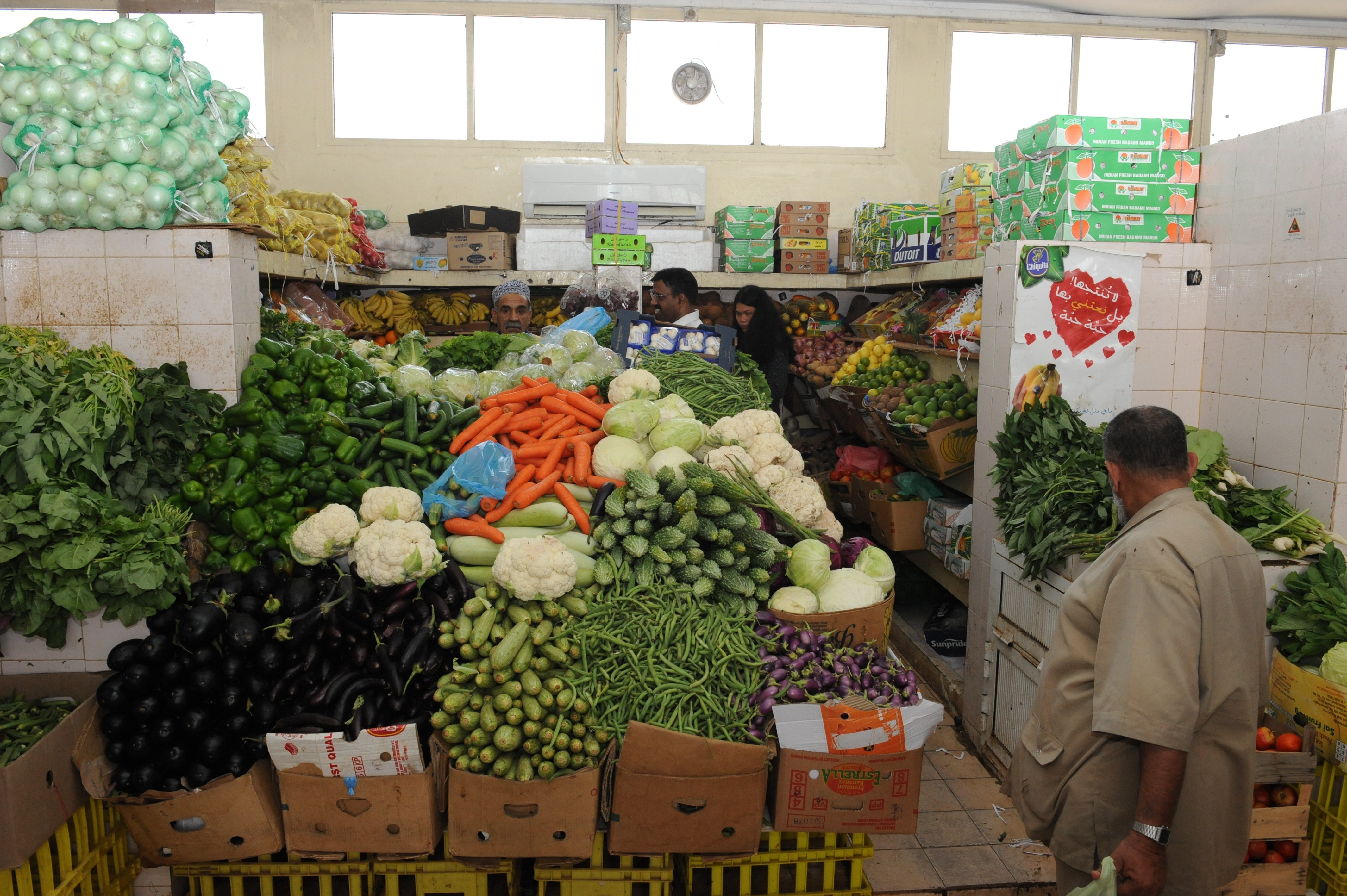
Muscat: Average inflation rate in Oman is expected at 4.1 per cent this year, up from 1.1 per cent in 2016.
However, it is much lower than the 8 per cent inflation estimate for the entire Middle East and North Africa (MENA) region for the current year.
Citing a report from International Monetary Fund (IMF), the Central Bank of Oman in its financial stability report said the inflation rate calculated in terms of consumer price index (CPI) will stabilise at around 3 per cent in 2020.
The year-on-year inflation rate for the first three months of 2017 was 2.8 per cent, which was mainly driven by a sharp increase in transportation costs at 10.8 per cent.
“The expected increase in the inflation rate is consistent with the removal of subsidies, higher expected interest rates, and the debt-financed budget deficit. These inflation rates are still in single digits and not expected to be destabilise the macro-economy or to create any financial instability,” the CBO report noted. Government expenditures in Oman have significant effect on inflation.
“Fiscal measures (for cutting expenditure) like the cut in fuel subsidy are aiding the inflationary pressure,” said Suresh Kumar, head of Research at Al Maha Financial Services. Further, tight liquidity in the financial system drives interest rates, which in turn increases inflation.
The report also said the inflation rate in the Middle East and North Africa (Mena) region is expected to average at 8 per cent in 2017.
The global inflation averaged 2.8 per cent in 2016, and is projected to increase to 3.5 per cent in 2017 due to a number of factors, including an increase in aggregate demand and an increase in commodity prices since the third quarter of 2016. The general outlook for the next three years—between 2018 and 2020—remains stable; however, with an inflation rate around 3.3 per cent across the globe.
Government debt
The debt of the Oman government reached $20.8 billion, which was 31.4 per cent of the Gross Domestic Product (GDP) by the end of 2016, and it is projected to increase in 2017.
The literature on external debt suggests that there is no concrete measure for assessing the worsening level of debt. In some cases debt-GDP ratio is used and in others the debt-export ratio.
The CBO report said the current debt level is still sustainable.
“Our preliminary analysis suggests that the current and projected government external debt is, so far, sustainable. The government borrowed approximately OMR7.6 billion by the end of 2016, most of the debt is external and more borrowing is anticipated. The IMF projected an increase in Oman’s debt over the next five years.”
The government has taken some important policy decisions, which might have a positive effect on the overall macro-economy, and financial stability.
There have been steps to increase revenues, which includes an increase in the corporate income tax rate and introduction of a value-added tax.
The government began reducing expenditures in 2015. It reduced expenditures by 6.5 per cent in 2016. In addition, there are measures underway to boost foreign investments in industrial projects and tourism.